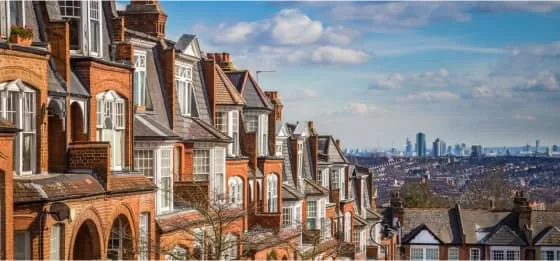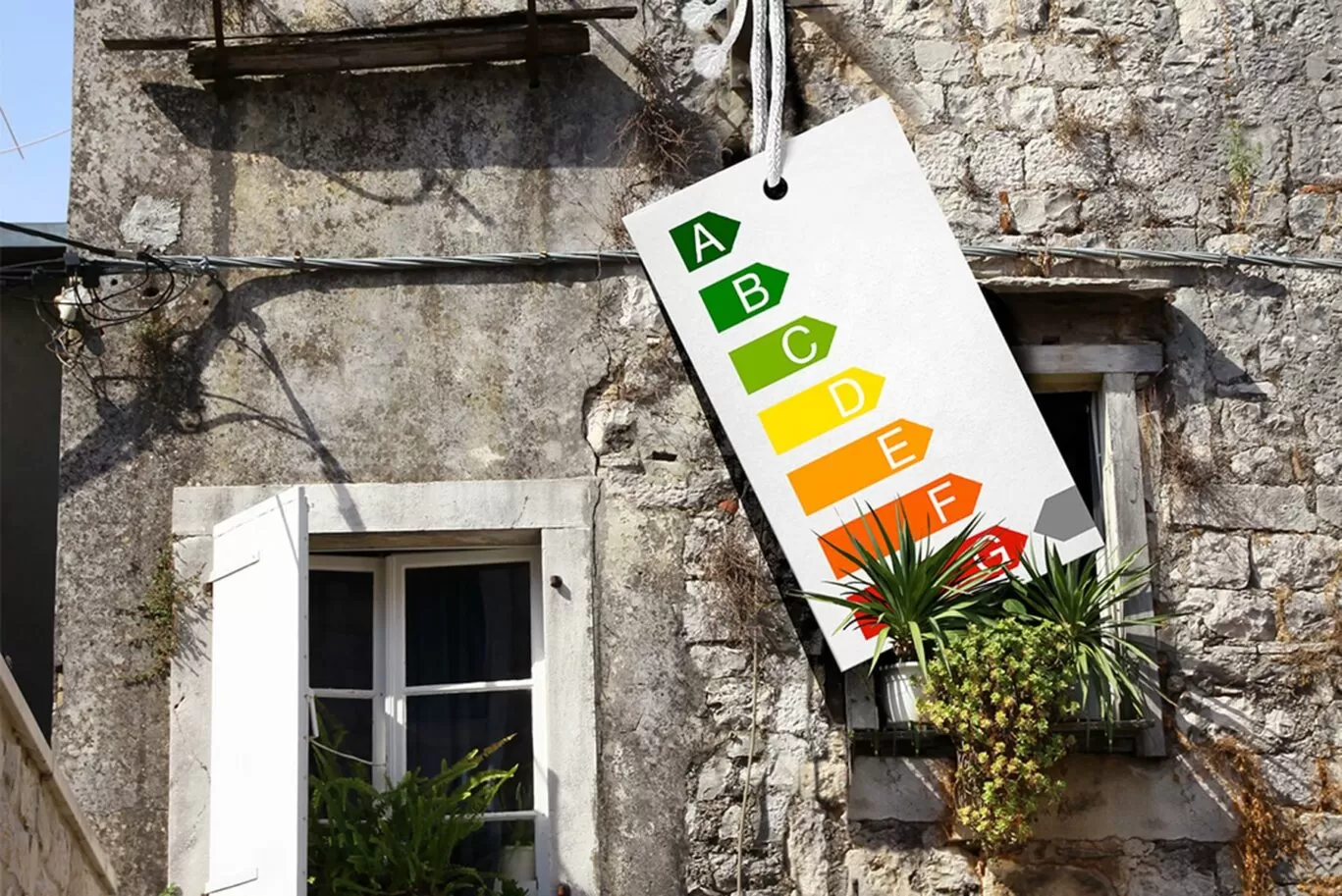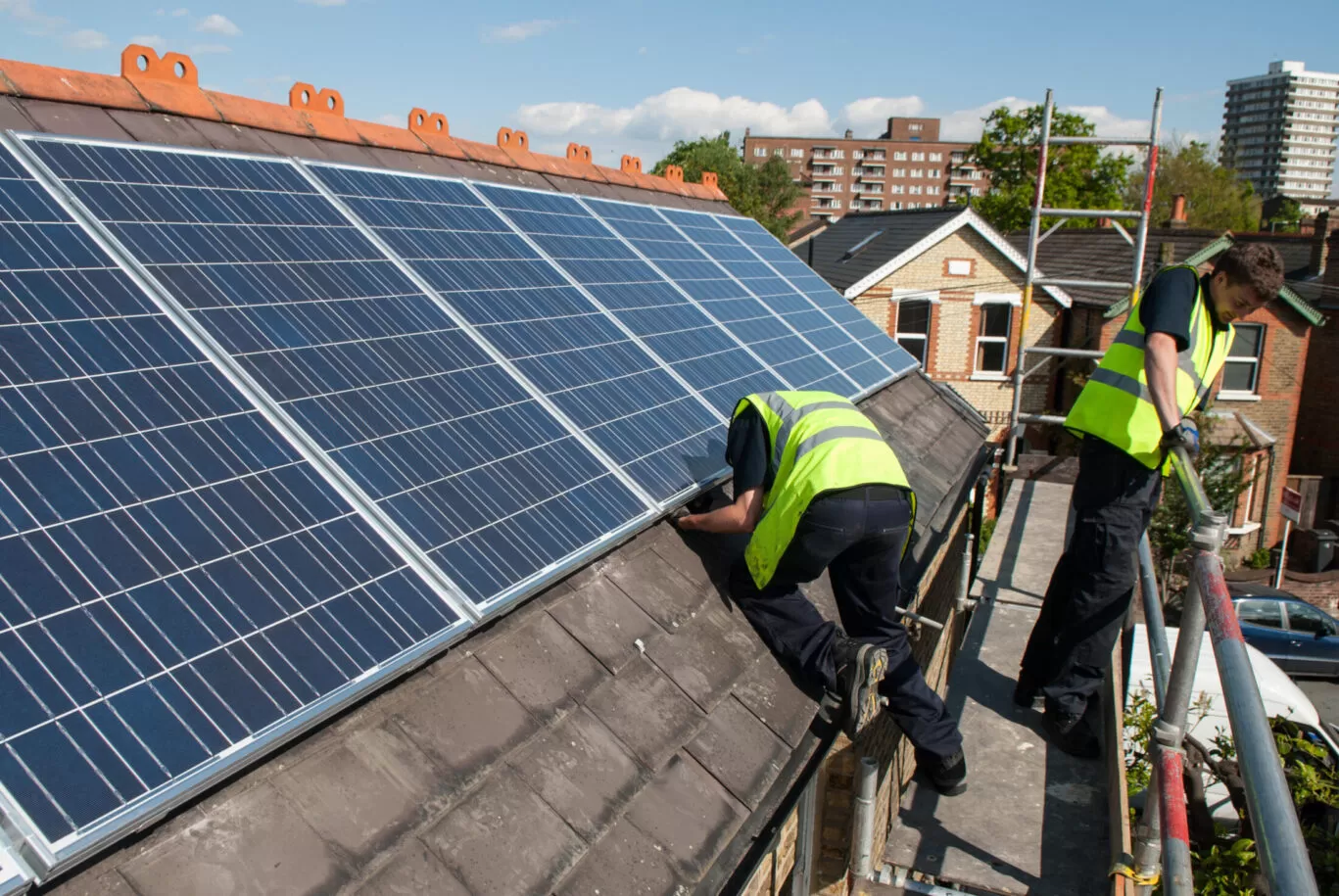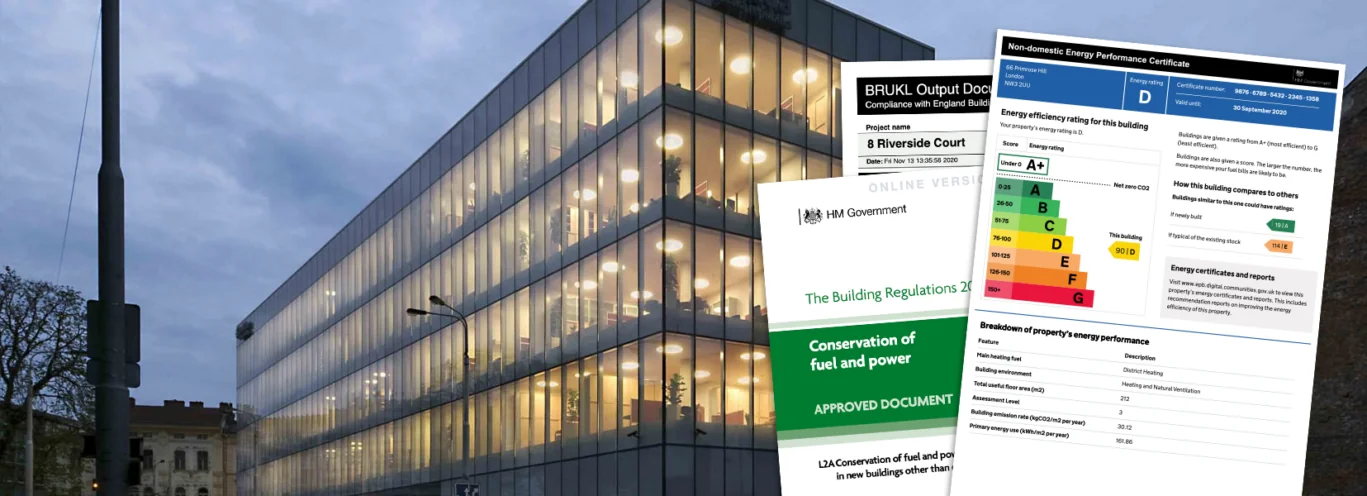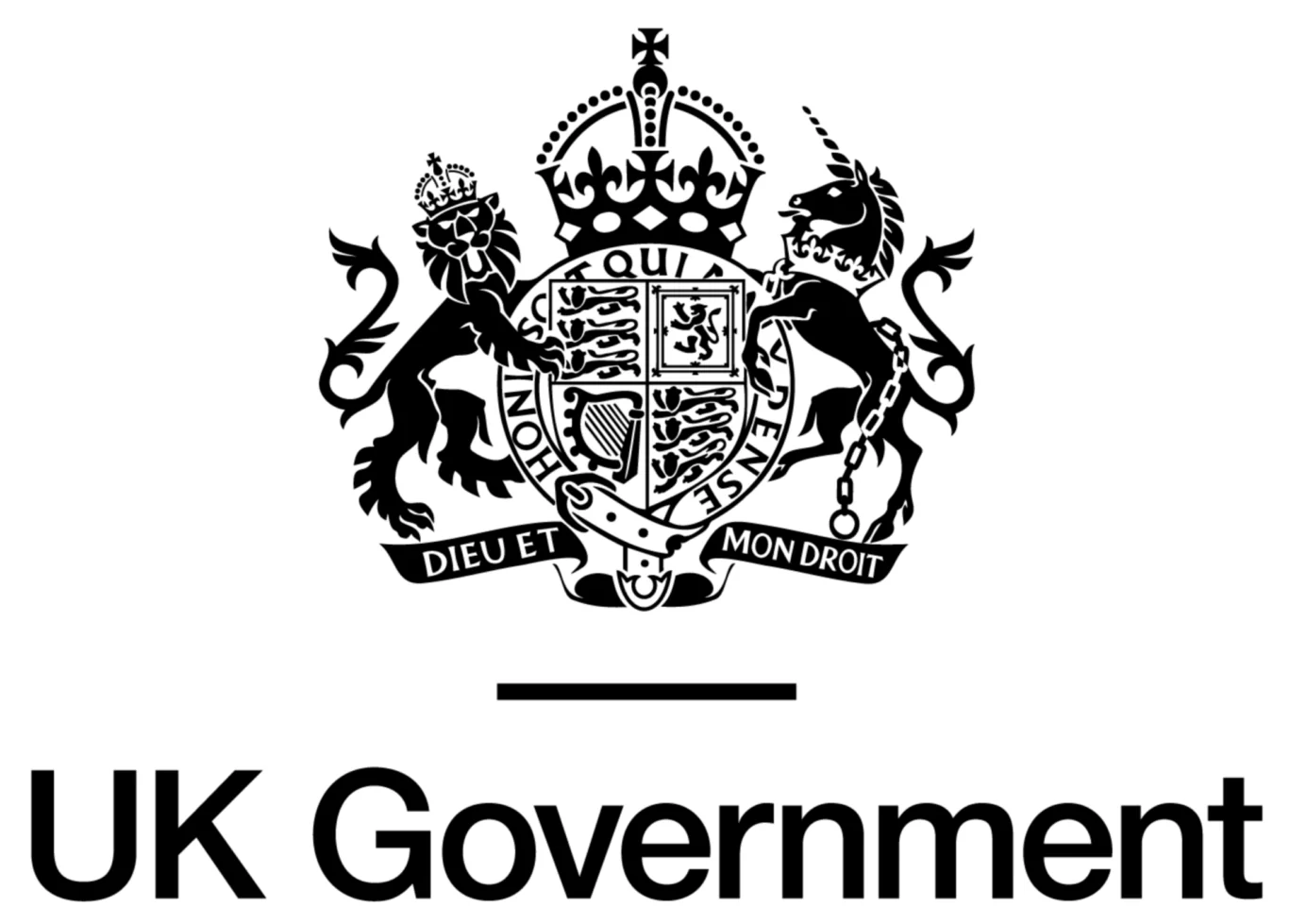On the 7th January 2025, the government shared a report entitled ‘Assessing the future heating and cooling needs of the UK housing stock’. The Department for Energy Security and Net Zero (DESNZ) commissioned CS-N0W (the creators of this report) to help the UK realise its decarbonisation and energy security ambitions. This recent report focuses on the predicted effect of climate change on the thermal needs of UK homes and what this means for the retrofit industry.
The Purpose Of CS-N0W ‘s Report
The report had three primary objectives:
- Figure out the effect of predicted climate change on the heating and cooling needs of homes cross the country.
- They mainly focused on urban areas, though they did consider a range of dwelling types.
- Assess the impact that these changes will have on different groups of occupants.
- For instance, how will predicted heat increases affect the elderly, the fuel-poor and other climate-vulnerable populations. CS-N0W sought to investigate how this would affect these group’s ability to heat and cool their homes, cope with extreme temperature waves, and deal with the resulting household bills. Along with this, the report also sought to quantify how this would affect energy use and carbon emissions.
- Work with stakeholders and experts to determine low-carbon, low-cost measures which would minimise the negative effects of climate change on the thermal performance of the UK’s housing stock
How CS-N0W Produced The Report
CS-N0W used a variety of methods to build this report. They used statistical analysis of housing and population databases to inform their research. Also, Physics simulation modelling guided a lot of their work. This modelling was driven by a review of heat and cold vulnerability which identified the groups most at risk of suffering health issues due to extreme ambient temperatures. Also, they utilised machined learning and met with stakeholders to gain their insight.
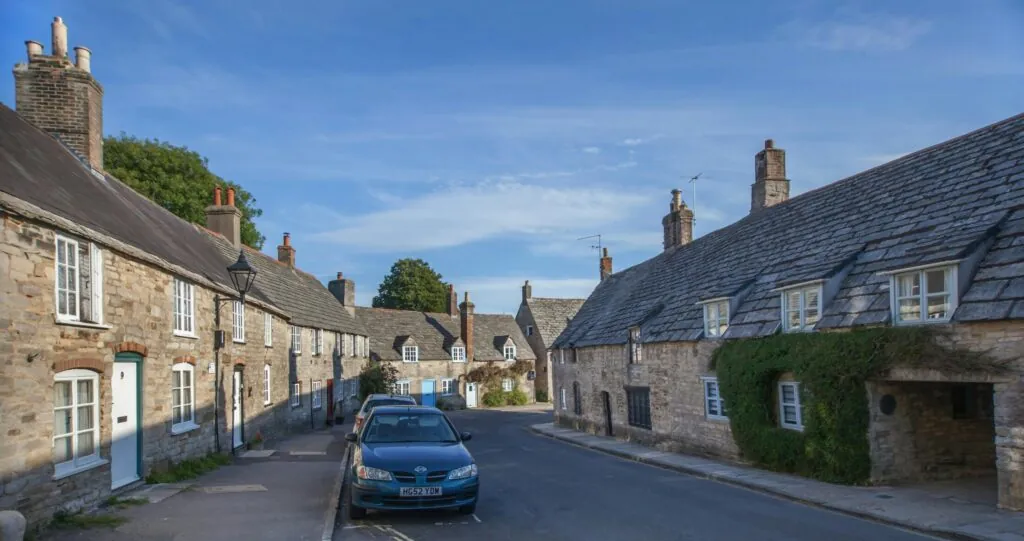
Ten Key Findings
There are 4 main vulnerable groups. The study found that there are 4 main groups at risk:
- Infants aged between 0-4 years old,
- Individuals aged 65 years or older
- Those belonging to an ethnic minority
- Low-income individuals
These groups are more likely to suffer health issues due to high exposure to indoor heat. Thus, they should be a focus for help.
Energy retrofit measures have helped reduce the need for space heating across the country. However, without a targeted approach, some groups may still struggle with fuel poverty. This is because certain groups are more likely to live in detached houses or bungalows, which require more heating. To address this, we recommend stricter retrofit measures for these types of homes, particularly for owner-occupied properties.
Homes in areas with more people over 65 tend to use more heating energy per square meter (known as Energy Use Intensity or EUI), while areas with more young children, lower-income individuals, and ethnic minorities use less. The biggest differences between those over and under 65 were found in London and Scotland, highlighting these regions as priorities for fair and inclusive energy policies.
Homes in Wales had the highest average Energy Use Intensity (EUI), followed by Northern Ireland. Scotland and England had similar EUIs, reflecting that Welsh homes are generally older and less energy-efficient, while Scottish homes are more efficient on average. This is notable given Scotland’s colder, northern climate compared to Wales, where weather conditions like higher wind loads may also play a role in these differences.
Without retrofitting, most UK homes could fail current nighttime overheating standards by the 2030s, based on housing characteristics and occupant behavior. Bungalows and detached homes tend to stay cooler, while flats and mid-terrace houses are warmer and exceed overheating thresholds for more nighttime hours. Overheating varies widely in flats depending on the floor level. To prevent this, it’s recommended that measures to reduce overheating are put in place for the most at-risk housing types before the 2030s.
External shutters are the most effective way to reduce overheating and cooling demand. However, in cases where external shading isn’t possible, internal blinds can also work well for certain homes, like detached houses and bungalows. For example, by 2085 under high emissions scenarios, cooling demand across English homes was 30% higher with internal blinds compared to external shutters. For detached houses and bungalows, the difference was smaller—13% and 8%, respectively.
Increasing the reflectivity of building exteriors had little impact on reducing overheating. This is likely due to assumptions about its adoption, limitations in the model, and the interaction with wall and roof insulation. Similarly, adaptive window opening made minimal difference when used by only a small number of homes. Ground floor flats and bungalows could face higher overheating risks if cooling relies on open windows, as these are often kept closed for security reasons.
Indoor overheating is common across the UK, but summertime bedroom temperatures are notably higher for ethnic minority and low-income households in England and Wales, and for low-income areas in Scotland. As air conditioning use grows later in the century, these groups—along with households with infants—will generally have higher cooling needs per square meter. External shading may not fully address these needs. In contrast, overheating and cooling demand inequalities were minimal in Northern Ireland.
Homes in areas with many residents over 65 overheated less overall than those in areas with fewer older adults. However, this is still concerning due to the increased vulnerability of older people to heat-related illness and death.
There’s no single solution for adapting UK housing to prevent overheating and address heating and cooling inequalities. The diversity in building ages, types, and household characteristics means a one-size-fits-all approach is unlikely to work for meeting climate change adaptation and mitigation goals.

Why This Matters
In the UK, we spend 95% of our time indoors so our experience of temperatures relies heavily upon the thermal performance of our buildings. For some groups, this can mean their health or even their life. With the threat of increasing temperatures, we need to address the way our homes handle heat. Retrofitting houses across the country will not only help them to deal with heat and cold efficiently (benefiting the occupant) but also reduce emissions to mitigate the severity of climate issues as a whole.
What This Means for Retrofit Professionals
Retrofit Professionals should pay close attention as it is reports like these that will shape the industry through the coming decades. All in all, it is clear that there is work to be done and retrofit professionals will be crucial in the process. Poor thermal control carries with it a mortality rate, there’s no two ways about it. Thus, retrofitting homes with effective and efficient thermal management measures is vital. So, with temperatures forecast to worsen, retrofit is here to stay.
If you would like to part of the solution, now is the perfect time to get involved in retrofit. If you already have experience in the field, why not take the chance to upskill. Expand your range of expertise and put your skills to good use! Reach your potential to drive the UK towards a greener, safer future. Explore Energy Trust’s Retrofit training courses.
Even if you are completely new to the industry you can still get involved. Energy Trust offers a two-part combined ‘Domestic Energy Assessor (DEA) + Retrofit Assessor Training (package)’ which can give you a great start in the energy industry. Hear from those who already made the leap in our ‘Success Stories’ series.
Read the Full Report here


